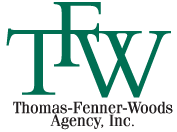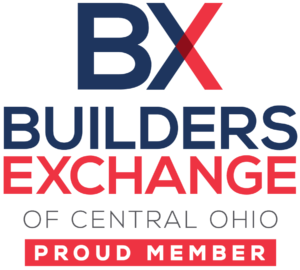By the beginning of 2011, the social networking Website Facebook had more than 600 million users. An estimated 200 million people use micro-blogging service Twitter. The business networking site LinkedIn has reported that it has more than 100 million members. In addition, the Internet hosts millions of blogs and tens of thousands of podcasts. These sites and media, popularly known as “social media,” have opened up new ways for people and businesses to communicate with each other. As the numbers show, they have become extremely popular. Consequently, businesses are increasingly using social media to reach current and potential customers.
However, use of these services presents risks together with the potential benefits. For example:
- Employees making posts on these sites might make inaccurate statements, particularly when not all the relevant facts of a developing situation are known.
- They might inadvertently release confidential information.
- They might make statements that embarrass the company, such as negative remarks about racial or ethnic groups.
- They might make statements that violate a person’s privacy.
- Disparaging statements might provoke others to sue the company for libel. For example, if an employee of a restaurant posts on Twitter that a competitor’s stew looks and tastes like cheap dog food, the competitor might sue.
- Blog posts that offer advice might expose the employer to lawsuits if others take the advice and get undesirable results.
- Disgruntled customers, employees or competitors might post disparaging comments about the company.
- Any of these situations can harm the company’s reputation.
The company’s General Liability insurance policy might not pay for the costs of defending against these claims or paying settlements. For example, the insurance will not cover losses resulting from:
- An injury caused by or at the direction of an employee when he knew that the action would violate a person’s right to privacy.
- An injury caused by or at the direction of an employee when he knew that a statement was false.
- Claims that the business’s products or services do not live up to statements about their quality.
- Injury arising out of statements made on Internet chat rooms or bulletin boards the business owns or over which it has control
- . Unauthorized use of someone’s name or product in a manner that misleads that company’s potential customers.
In addition, the insurance only covers liability for certain types of injuries that are not bodily injuries. It will not cover a lawsuit filed by someone who suffered financially after relying on advice on the company’s blog. To reduce the chance that an uninsured loss will result from the use of social media, businesses should consider:
- Written procedures for employee use of social media, including:
- Who may post on the company’s behalf.
- Definitions of acceptable and unacceptable behavior.
- Employees’ personal sites should make clear that that the employees are not speaking on behalf of the company.
- When a discussion should move offline and into the company’s regular workflow (for example, when a customer has a specific complaint that should be handled out of public view).
- The consequences of non-compliance.
- Company policies regarding employees’ ability to link to the company’s Website on their personal social media pages. The policy should also address employees’ use of the company name, logo, or other advertising on their sites.
- Company policies on the content that employees may post on blogs, both those of the company and others blogs where the employees post on the company’s behalf.
- Purchasing special insurance to fill in gaps left by the General Liability coverage.
Social media offers exciting new opportunities for businesses to build relationships with customers. However, they need to approach it with care and proper planning if they want to reduce the risks.





